Maxwell’s attorney, David Oscar Markus, left the Tallahassee, Florida, federal courthouse where the meeting took place shortly after noon. Markus briefly addressed reporters, saying Maxwell spoke with Blanche from around 9 a.m. ET local time until around “lunch time,” when the meeting concluded.
Markus said Maxwell “answered every single question asked of her” during this week’s meetings, echoing a statement he made yesterday after the first sit-down.
Asked what the focus of Blanche’s questions were, Markus said: “They asked about every single possible thing you could imagine — everything.”
The lawyer estimated that Maxwell was asked “about 100 different people,” adding that she “didn’t hold anything back.”
Markus said he wasn’t sure how her cooperation would play out, but that “the truth will come out about what happened with Mr. Epstein, and she’s the person who’s answering those questions.”
Remember: Maxwell, a British socialite and ex-girlfriend of Jeffrey Epstein, was sentenced in 2022 to 20 years in federal prison for carrying out a years-long scheme with the disgraced financier to groom and sexually abuse underage girls. She has attempted to appeal her conviction.
Blanche’s meetings with Maxwell this week came with the backdrop of fierce public backlash, including from members of President Donald Trump’s base, over the administration’s perceived lack of transparency surrounding documents related to Epstein’s case.
However, this figure reflects a slight decline of 0.2% compared to the same quarter last year.
The company's net loss escalated by 81%, reaching $2.9 billion, resulting in a loss per share of 67 cents, contrary to analyst forecasts of a one-cent profit per share.
Following the release of its financial results, Intel's stock experienced a 2.5% increase in after-hours trading, despite closing down 3.7% during regular trading hours.
In terms of revenue distribution across its business segments, Intel reported a 1% decrease in its core products division, which includes chips for personal computers, data centers, and networking, resulting in $11.8 billion in revenue.
Within this segment, personal computing group revenues fell by 3% to $7.9 billion, while data center and AI revenues, which are critical in competing with NVIDIA, increased by 4% to $3.9 billion.
The foundry business, which manufactures chips for other companies, witnessed a 3% growth, generating $4.4 billion in revenue.
Additionally, revenues from other company operations, which includes products from Mobileye and Altera, experienced a 20% increase, totaling $1.1 billion.
For the upcoming quarter, Intel forecasts revenues between $12.6 billion and $13.6 billion, indicating a potential decrease of 5.3% or an increase of 2.3% compared to the third quarter of 2024, where revenues stood at $13.3 billion.
The company projects a loss per share ranging between 24 cents and zero cents.
Intel’s CEO, Pat Gelsinger, commented on the operational performance, highlighting the company’s focus on enhancing its core products and AI roadmap.
He emphasized the importance of establishing greater financial discipline within the foundry operations while acknowledging that these efforts will take time.
Gelsinger expressed optimism about strengthening competitive positioning, improving profitability, and creating long-term value for shareholders.
Addressing the situation at Government House, he stated that despite Thailand’s patience and restraint in the face of provocations, the country has chosen to pursue peaceful methods within the framework of international law and humanitarian principles.
“It is deeply disappointing that Cambodia has chosen to use military force first,” Phumtham said, calling it a serious violation of international law and humanitarian standards.
He reported that Cambodian troops had attacked hospitals and civilian areas more than 20 kilometres beyond the border, resulting in 13 civilian deaths, including children, women, and elderly individuals.
The strikes also caused significant damage to civilian properties.
“This is considered a severe war crime,” he stated.
Phumtham said that the Foreign Minister had briefed the Secretary-General of the United Nations and that the Thai government had submitted a formal letter to the United Nations Security Council condemning the attacks, particularly those targeting civilians.
He added that the government had called on the international community to join in condemning the actions.
The government extended its condolences to the families of the victims and affirmed that it has not remained passive.
Since the beginning of hostilities, Thai military operations have reportedly focused solely on military targets in Cambodia, carried out in self-defence under international law, and resulting in the destruction of Cambodian military strongholds.







While the measure is part of broader trade negotiations, concerns have emerged over its potential impact on export competitiveness.

The ruling follows a series of favorable verdicts that have shielded the family from legal challenges and reinforced their political influence in the Philippines.

The victory highlights the country’s growing influence in the global culinary scene and celebrates its rich gastronomic heritage.

Torrential rains triggered widespread flooding and landslides, compounding the country’s weather-related hardships and prompting an urgent nationwide disaster response.

The match showcased Vietnam’s tactical dominance and highlighted areas for improvement within the Philippines’ youth development program.

The ruling marks a significant legal victory for the Duterte family and underscores the vice president’s continued standing amid opposition efforts to challenge her authority.

The shift reflects both policy-driven and market-led changes aimed at reducing carbon emissions and enhancing the country’s long-term energy security.

Her ongoing efforts are making a tangible difference in the lives of countless families, reflecting a legacy of compassion and service.

The mission aims to deliver critical supplies and provide logistical support in areas most affected by the recent tropical storm.
If you’re hunting for Cambodian fighter jets, pack binoculars—and a time machine. There aren’t any. Phnom Penh’s “air force” is essentially a small logistics service built around aging transports and a few helicopters that mostly shuttle people and supplies. Meanwhile, Thailand fields an actual combat-capable air fleet with fighters, strike capacity, surveillance platforms, and the ability to surge, sustain, and win control of the sky. This isn’t a matchup; it’s a flyswatter versus a fighter jet.
The Scoreboard (and it isn’t close)
Total aircraft: Thailand 493 vs Cambodia 25. Thailand has almost 20 times the fleet.
Fighters & attack aircraft: Thailand 92 vs Cambodia 0. Thailand can scramble F‑16s; Cambodia can scramble a press release.
Transports: Thailand 54 vs Cambodia 7. Even on the “haul boxes and medevac” niche, Thailand still dominates.
Trainers: Thailand 135 vs Cambodia 0. Thailand can train pilots at scale; Cambodia can… hope someone else does.
Special mission aircraft (AWACS, ISR, EW, etc.): Thailand 26 vs Cambodia 0. Thailand can see, sense, and coordinate. Cambodia flies blind.
Total helicopters: Thailand 258 vs Cambodia 32. Thailand has more helicopters than Cambodia has aircraft—full stop.
Attack helicopters: Thailand 7 vs Cambodia 0. Thailand brings gunships; Cambodia brings none.
Air Superiority? Thailand Has It by Default
Air wars are won first in the radar scope and then in the merge. Thailand possesses both the platforms and the doctrine to gain and hold air superiority. Cambodia lacks even the first rung on the ladder: fighter aircraft. Without fighters, without special-mission eyes in the sky, without a training pipeline, and without scale, Cambodia’s “air power” can’t contest the battlespace—it can barely enter it.
Logistics Wing vs. Fighting Force
Cambodia’s fleet is built to move people and things in permissive airspace. Thailand’s is built to detect, deter, and, if required, destroy. One side brings precision strike, integrated air defense suppression, and persistent ISR; the other brings a handful of aging utility aircraft that would be lucky to survive the first hour of a real shooting war.
Strategy by Reality Check
If tensions spike, Thailand doesn’t need to “win” the air war—it starts with it won. Cambodia’s only rational play is political: internationalize the crisis, call for UN intervention, and keep its aircraft on the ground. Because once they’re airborne, the mismatch gets solved at Mach speed.
Bottom Line
Cambodia’s air force isn’t an air force in any modern sense of the term. It’s a patchwork support wing. Thailand’s, by comparison, is a credible, layered, and lethal aerial capability. So when someone says “Cambodia vs Thailand: Air Power,” the only honest answer is: What air power?
Created by GFG Style, a design firm co-founded by renowned automotive designer Giorgetto Giugiaro and his son Fabrizio, the vehicle has drawn comparisons to Tesla's Cybertruck due to its sharp angles and unique aesthetic.
The customization of the Peralta S reflects both the personal tastes of Peralta and the limitless possibilities of modern automotive design.
Its body features a combination of carbon fiber and aluminum, contributing to a lightweight construction that enhances performance.
Specific technical specifications, including the powertrain details, have yet to be fully disclosed, but the supercar is expected to feature advanced electric propulsion technology, in line with contemporary trends in high-performance vehicles.
GFG Style has garnered attention for its innovative approach, emphasizing sustainability and performance in high-end automotive design.
The Peralta S is part of a growing trend where luxury vehicles embrace electric and hybrid technologies, addressing global shifts towards sustainable transportation solutions.
As a one-off model, the Peralta S encapsulates the fusion of artistic creativity and engineering prowess.
Its production signifies a notable collaboration between haute couture design and cutting-edge automotive technology, aiming to carve out a unique niche in the high-performance supercar market.
Carlos Peralta, who is known for his significant contributions to various sectors including telecommunications and real estate, has pursued this project as a testament to his passion for automotive excellence.
The unveiling of the Peralta S may pave the way for future collaborations in bespoke vehicle manufacturing, potentially influencing trends in luxury automotive markets globally.
This project highlights not just the evolution of supercars but also the increasing personalization of automotive products as affluent consumers seek unique, tailored experiences in their vehicles.
As the automotive industry continues to innovate, the Peralta S stands as a symbol of the intersection of luxury, sustainability, and performance.
Publicly reported estimates show a sustained rise in Barack Obama’s net worth from the early 1990s through 2025. Figures cited below reflect aggregated estimates circulating in public financial reporting and media tallies, alongside data disclosed in mandatory federal filings during his time in office. Exact current figures are not officially published; post‑presidential earnings derive primarily from book advances and royalties, speaking engagements, production agreements, and pensions provided under U.S. law.
Chronology of Reported Estimates (USD)
- 1990 – approximately 10,000
- 1993 – approximately 90,000
- 1995 – approximately 214,000
- 1998 – approximately 490,000
- 2000 – approximately 800,000
- 2002 – approximately 900,000
- 2004 – approximately 1,000,000
- 2005 – approximately 1,100,000
- 2006 – approximately 1,200,000
- 2008 – approximately 1,300,000
- 2009 – approximately 1,600,000
- 2010 – approximately 1,760,000
- 2011 – approximately 2,800,000
- 2012 – approximately 4,200,000
- 2013 – approximately 7,000,000
- 2014 – approximately 11,300,000
- 2015 – approximately 15,600,000
- 2016 – approximately 21,000,000
- 2017 – approximately 35,000,000
- 2018 – approximately 42,000,000
- 2019 – approximately 56,000,000
- 2020 – approximately 70,000,000
- 2022 – approximately 85,000,000
- 2023 – approximately 135,000,000
- 2025 – some estimates place the figure above 270,000,000
Declared and Identified Income Streams
- Federal salaries and pensions: Illinois State Senate, U.S. Senate, presidential salary, and post‑presidency pension entitlements under federal statute.
- Book income: Royalties and advances from multiple titles, including works published before, during, and after the presidency; additional household earnings from books authored by Michelle Obama are typically counted in joint net worth estimates.
- Speaking engagements: Honoraria reported after leaving office.
- Production and media agreements: Multi‑year content production deals announced after 2017.
Financial Disclosures During Office
- Annual federal financial disclosure forms filed between 2009 and 2016 reported asset ranges in broad bands, which indicated liquid assets and investments significantly below the levels estimated in later post‑presidential years. These filings do not provide precise net worth totals but outline ranges for assets, liabilities, and income categories as required by law.
Estimation Variability
- Post‑2017 figures vary widely across public estimators due to differences in methodology, treatment of joint spousal income, valuation of long‑term contracts, and assumptions about royalties and speaking fees. Some 2025 estimates exceed two hundred seventy million dollars; others remain substantially lower.
The event marks Singapore’s debut as host and is expected to draw thousands of athletes, officials, and spectators.
Organizers have prioritized athlete wellness and operational efficiency to ensure a successful global showcase.

Despite strong individual performances, the U.S. squad fell short in critical moments.
Coaches say the team will use the experience to build toward future international tournaments.

Officials have implemented enhanced health protocols and contingency measures to ensure athlete safety and performance readiness in the high-stakes international event.
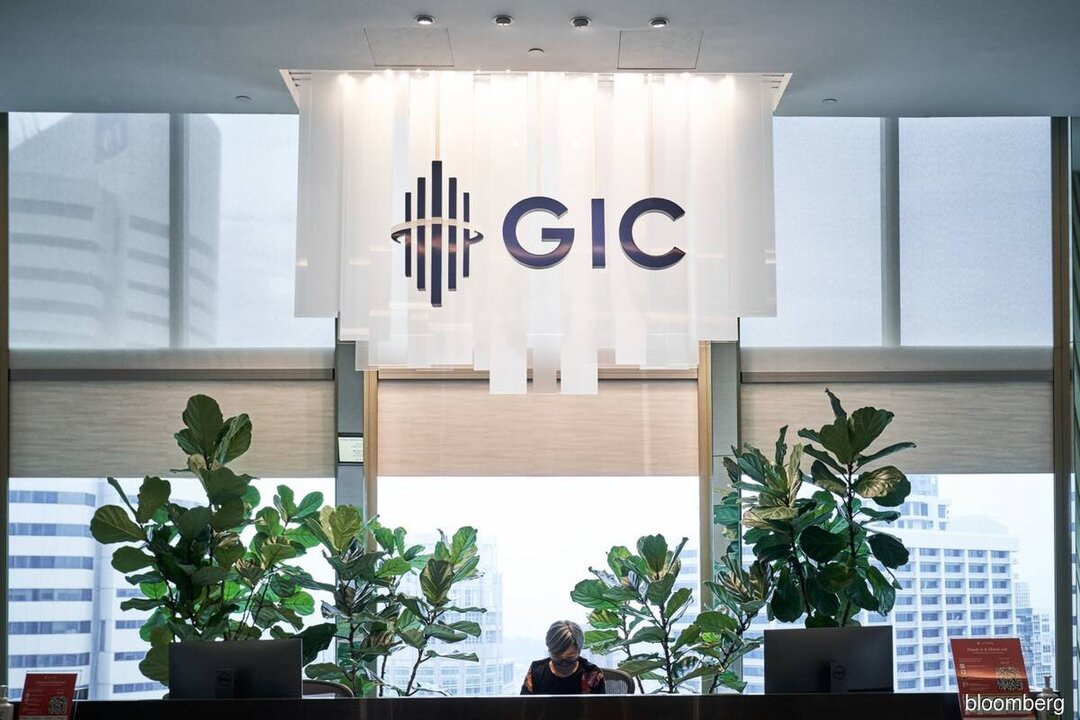
The fund attributed the downturn to tightening monetary conditions, geopolitical risks, and subdued performance in both public equities and private markets.
GIC remains focused on long-term resilience and capital preservation.

The remarks come as institutional investors increasingly turn to alternative lending in search of yield, raising concerns over systemic risk in a cooling economic environment.
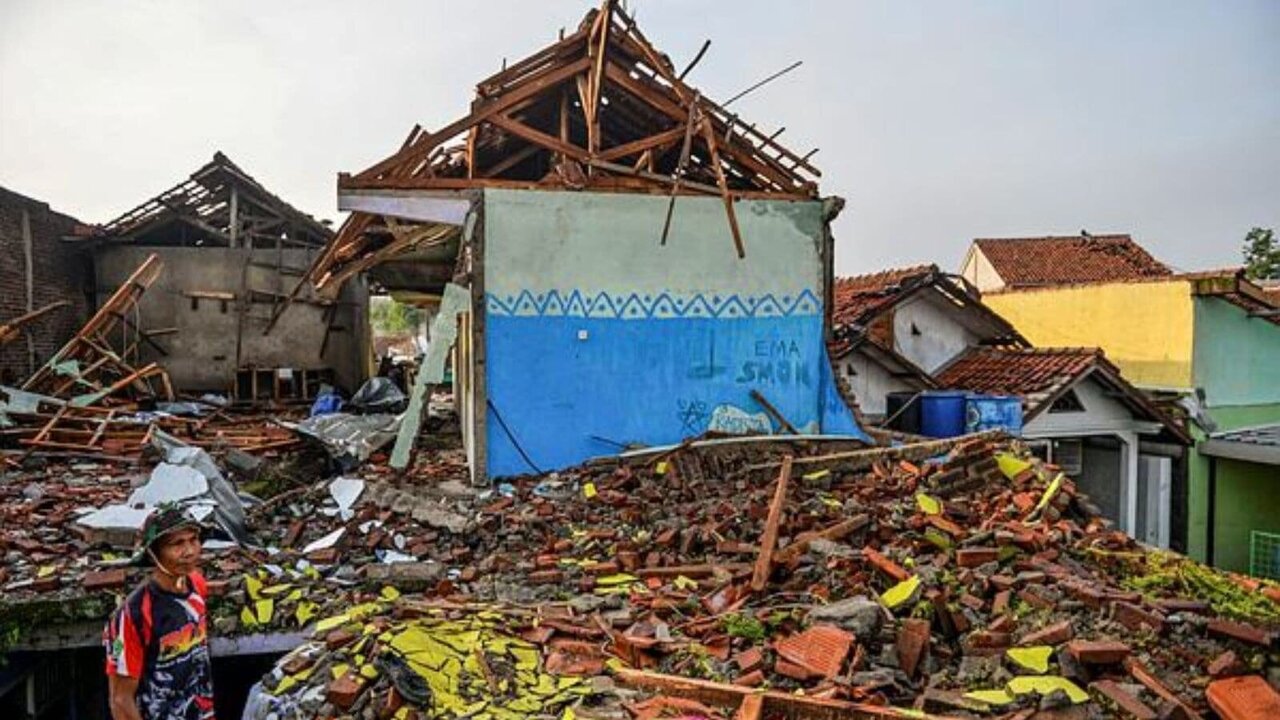
Initial reports indicate no tsunami risk, though local authorities are assessing structural damage and monitoring for aftershocks.
The quake serves as a reminder of Indonesia's vulnerability due to its location along the seismically active Pacific Ring of Fire.
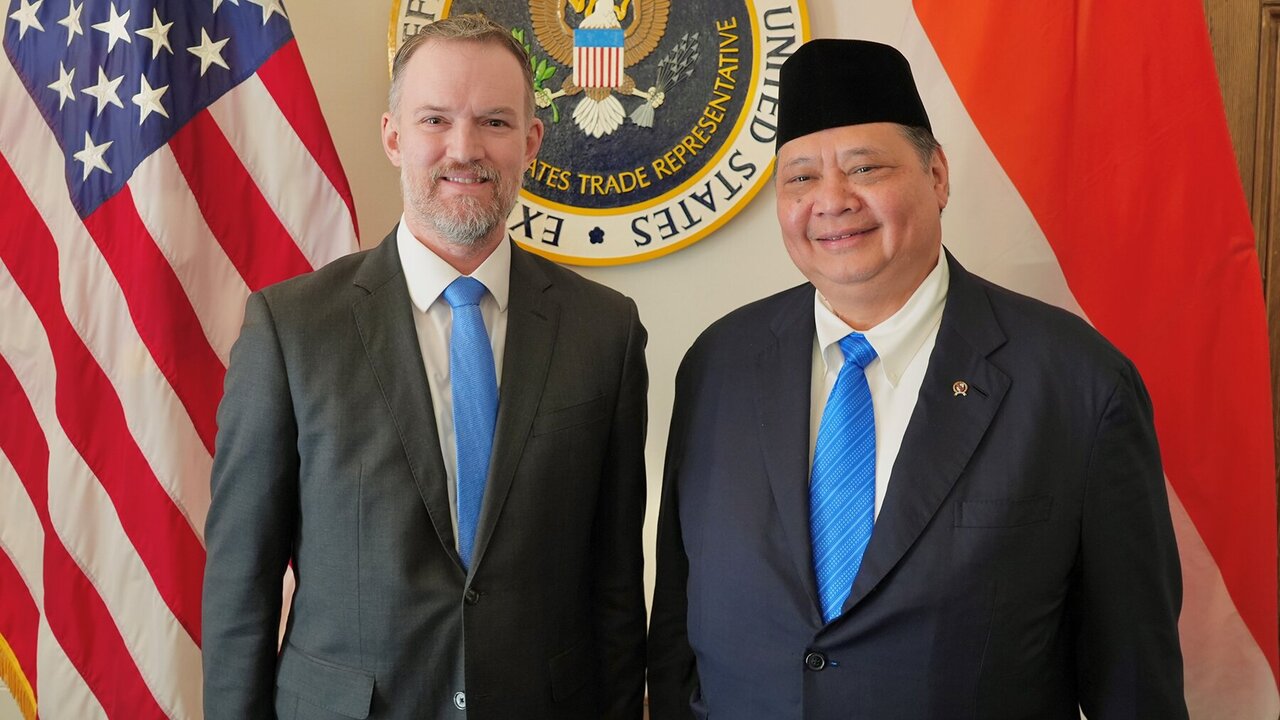
The measures are expected to improve market access for American goods and support Indonesia’s export diversification strategy.
Trade officials described the deal as mutually beneficial and forward-looking.
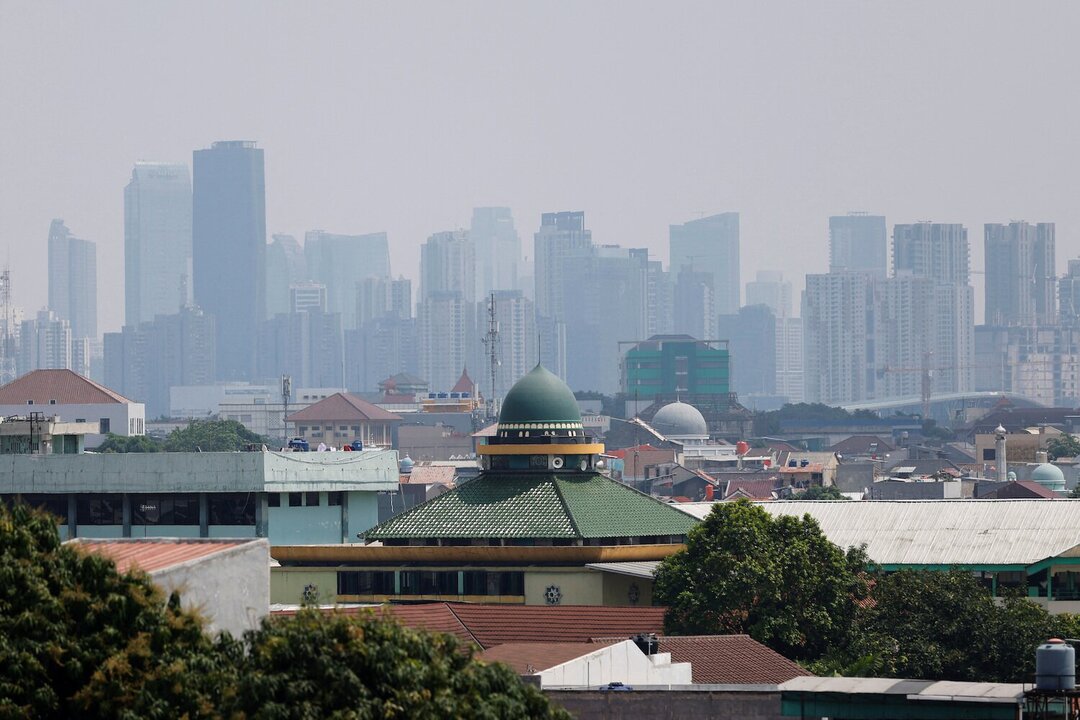
Environmental agencies have urged residents to limit outdoor activity, citing health risks associated with prolonged exposure.
Authorities are under pressure to implement stricter emissions controls and urban pollution management.
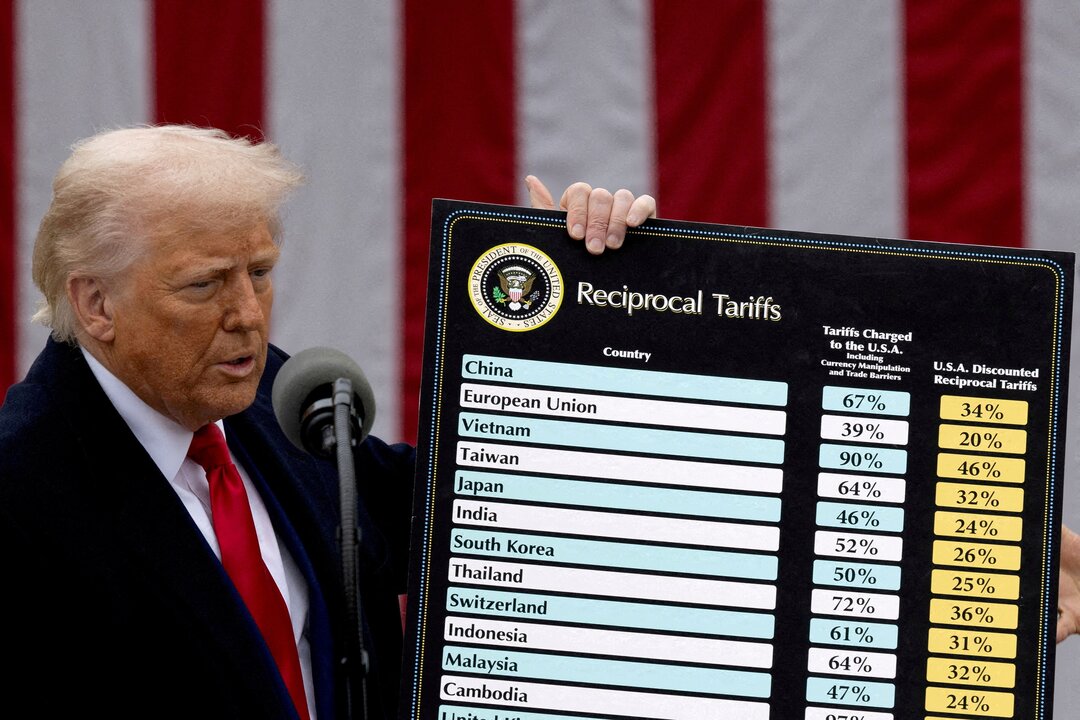
The decision is expected to impact sectors including textiles, electronics, and raw materials.
Indonesian officials have expressed concern over the policy, warning it could strain bilateral trade relations unless resolved through upcoming negotiations.

The agreement establishes standards for the secure handling of cross-border data and is expected to facilitate technology partnerships and investment.
Officials hailed the deal as a step toward greater regulatory alignment and digital trust.
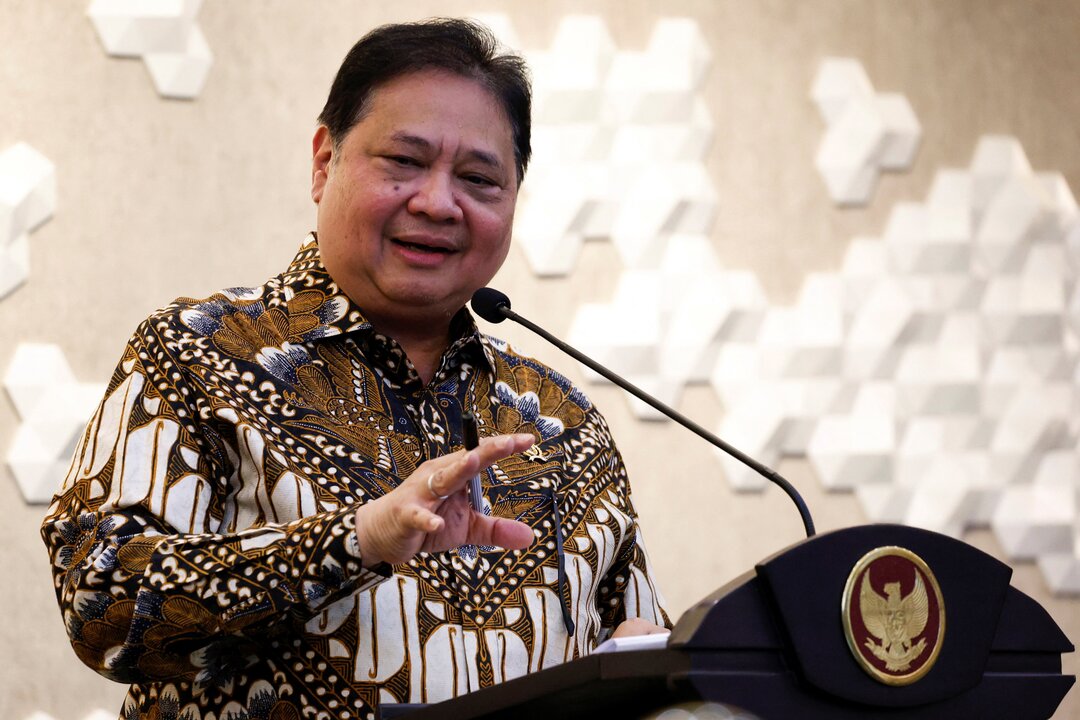
Both sides are exploring ways to enhance supply chain security and sustainability while aligning with global decarbonization goals.

He noted that collaborative agreements in the Asia-Pacific region could boost American farm exports and enhance food security.
The comments come amid ongoing efforts to finalize regional trade frameworks.
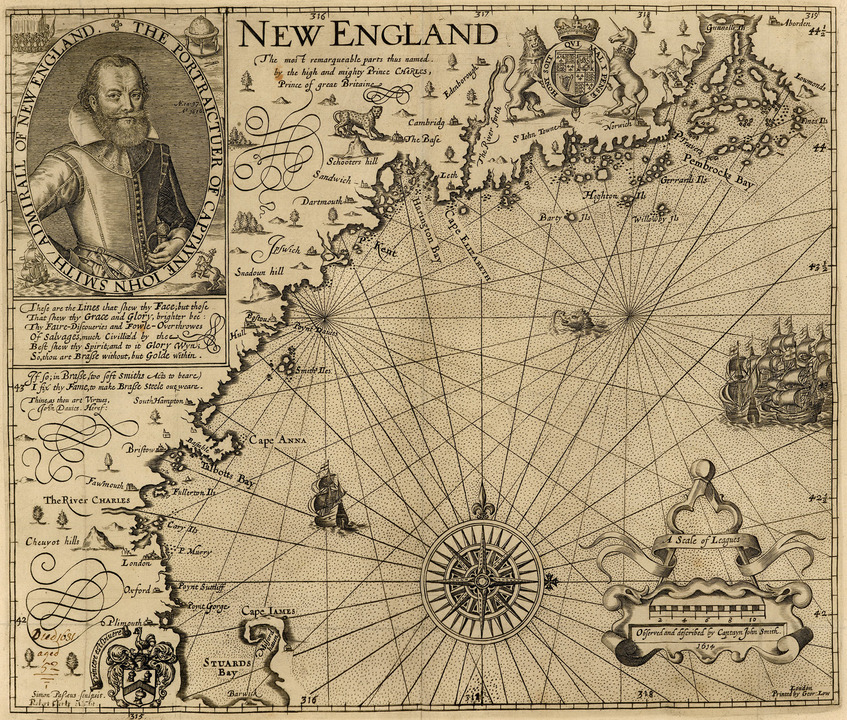
Disputes over ancient religious sites and unclear boundary lines have led to repeated military confrontations over the decades.
Despite several international rulings and bilateral agreements, nationalistic fervor and political pressure keep tensions high.
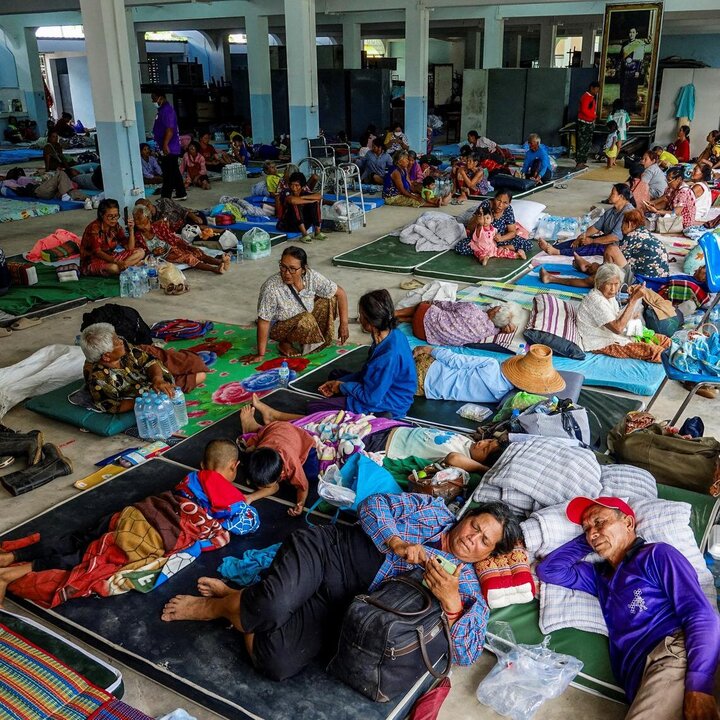
Authorities on both sides have sealed border crossings and issued emergency directives, urging residents to relocate from conflict zones.
Humanitarian organizations are working to provide shelter and basic needs for displaced families amid concerns of further violence.
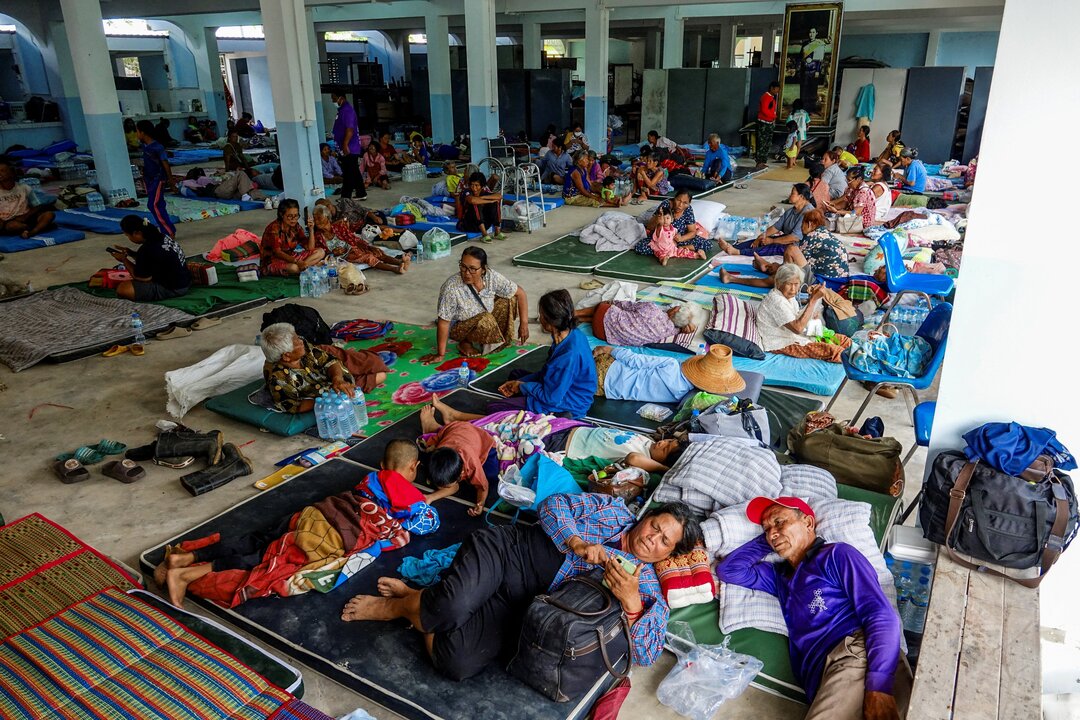
ASEAN’s chair urged both nations to engage in dialogue and avoid actions that could further destabilize the region.
International mediators are reportedly standing by to assist in negotiations.
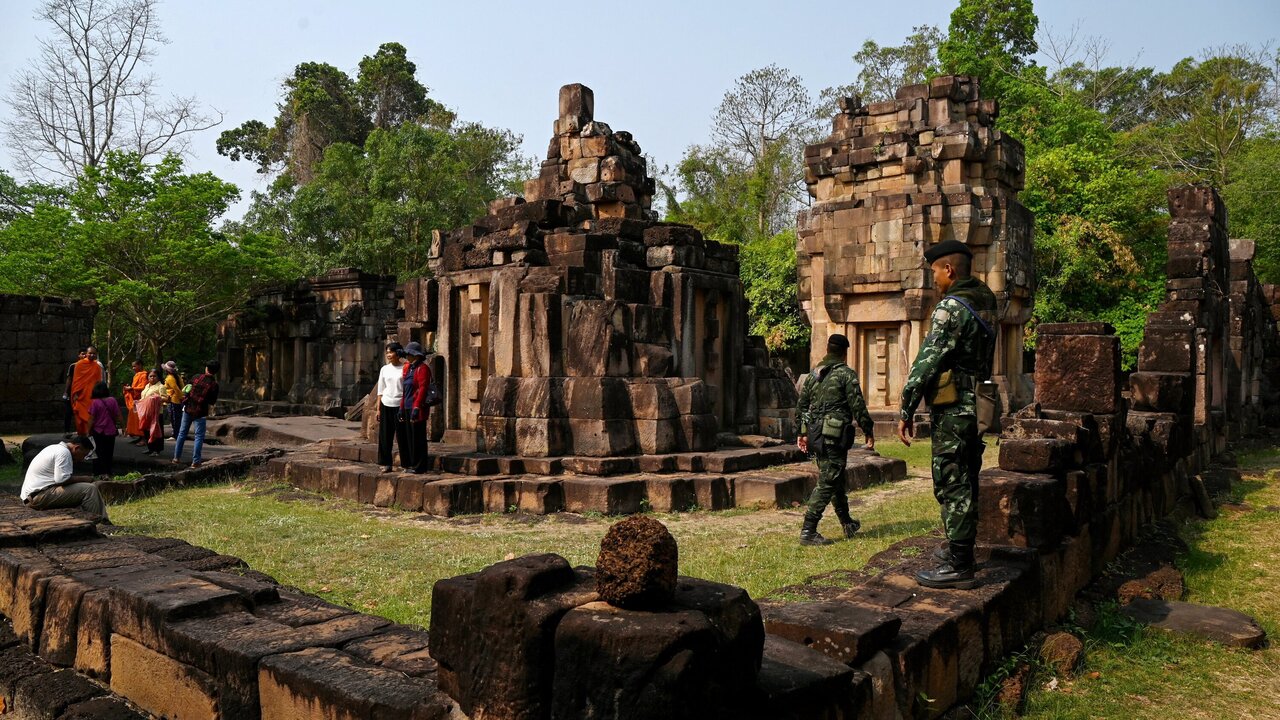
The centuries-old Preah Vihear temple, a UNESCO World Heritage site, has long been a flashpoint between the two countries.
Both sides claim ownership of surrounding land, and national pride over the cultural site continues to fuel armed standoffs.
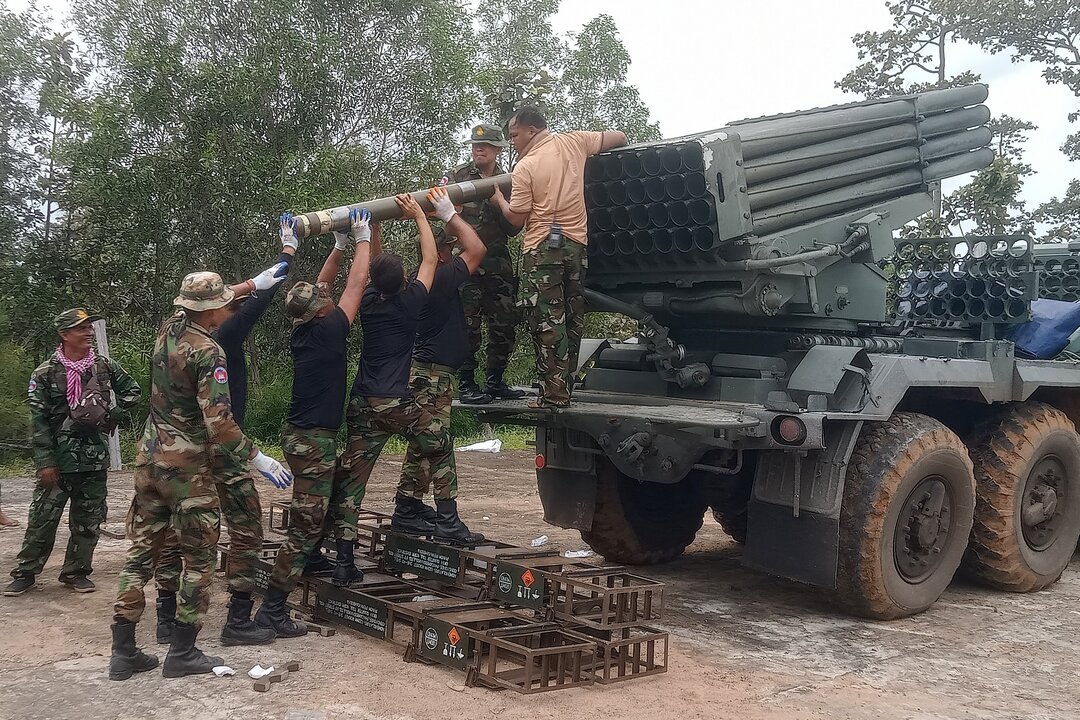
Thai officials confirmed the deployment of F-16 fighter jets against Cambodian positions, while Cambodia responded with cross-border rocket attacks.
The clashes have killed at least 14 people, including civilians, and injured dozens more, marking the deadliest escalation in the long-standing territorial dispute.
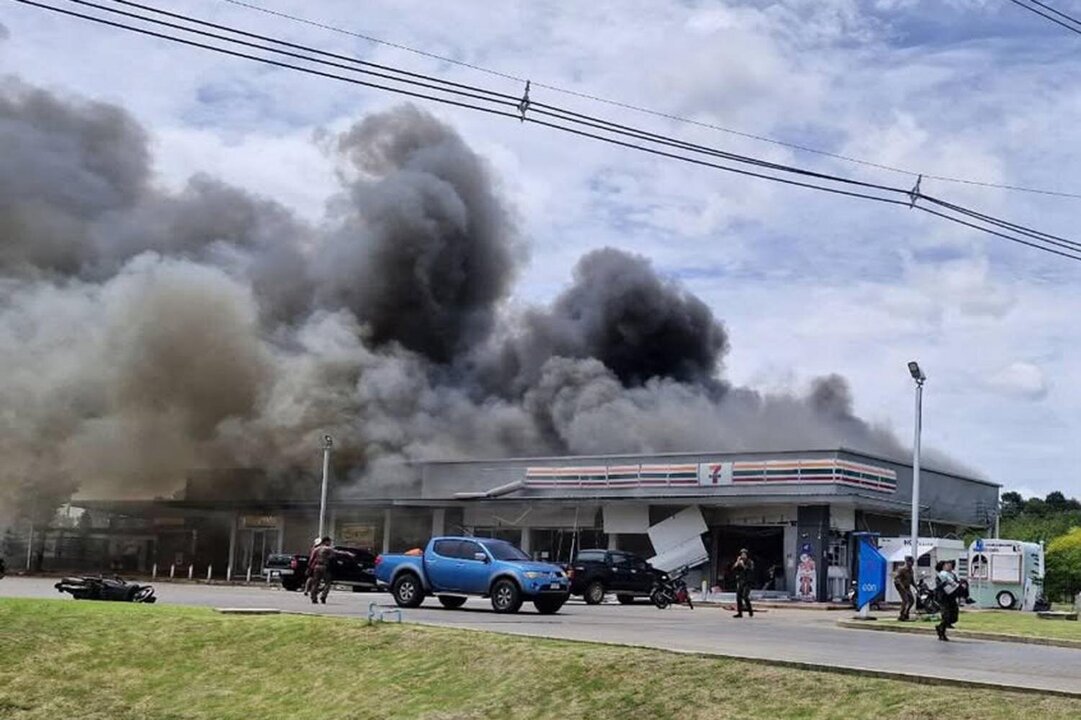
Tour operators report sharp declines in bookings, especially near affected border provinces.
Economists warn that prolonged instability could deal a significant blow to both countries’ post-pandemic recovery efforts.
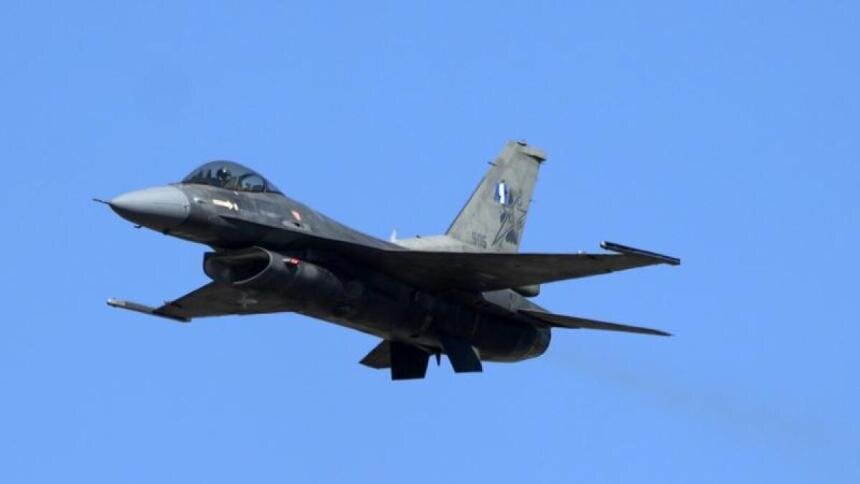
Defense experts note that Thailand’s air superiority and more advanced hardware could tilt the battlefield, though Cambodia’s guerrilla tactics and defensive positions have prolonged the confrontation.
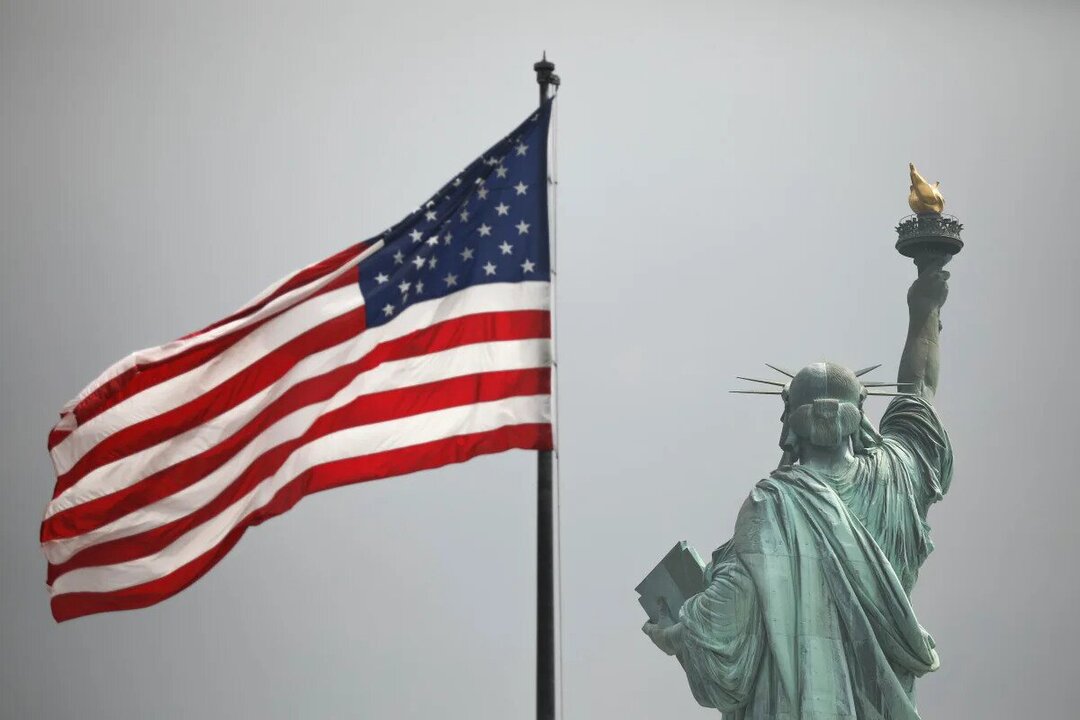
Travelers are being warned to avoid non-essential visits and to monitor local developments closely as the security situation remains volatile.
According to the country’s trade minister, the goal is to secure more competitive access for Malaysian goods in American markets, boosting exports and economic ties.
The discussions form part of a broader strategy to strengthen Malaysia’s global trade position.
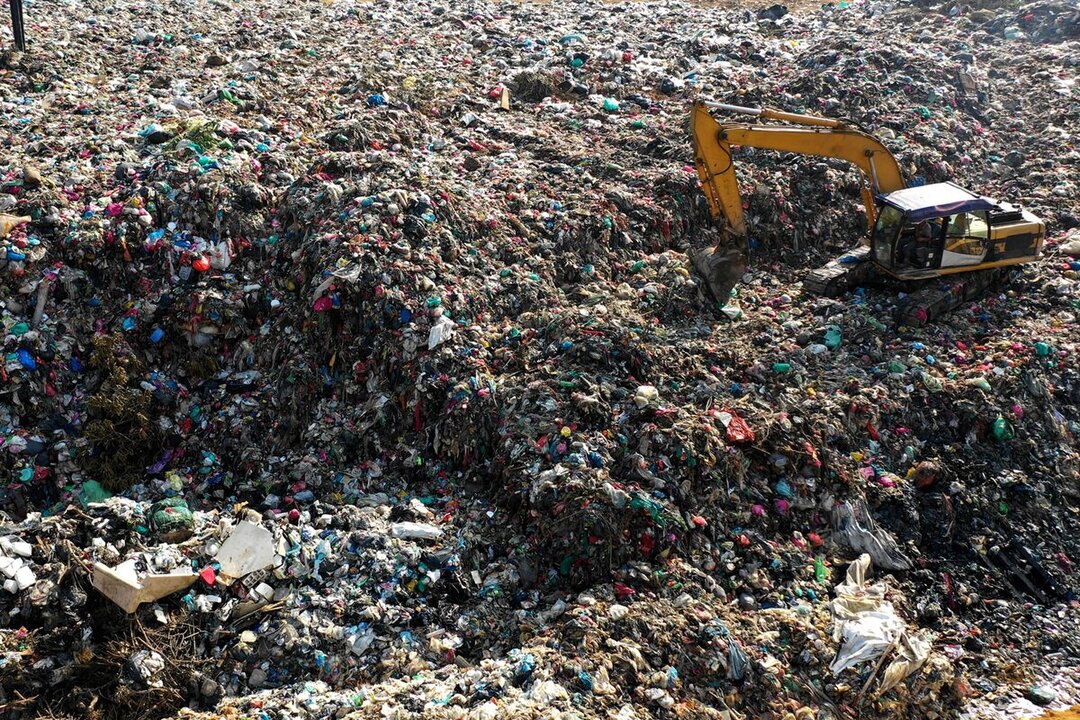
The government stated that imported waste had overwhelmed recycling systems and contributed to pollution.
Environmental advocates praised the decision as a firm stand against global waste dumping practices.

Investor sentiment remains cautious amid global uncertainties, although local fundamentals remain stable.
Traders are watching for cues from international markets and upcoming domestic policy announcements.
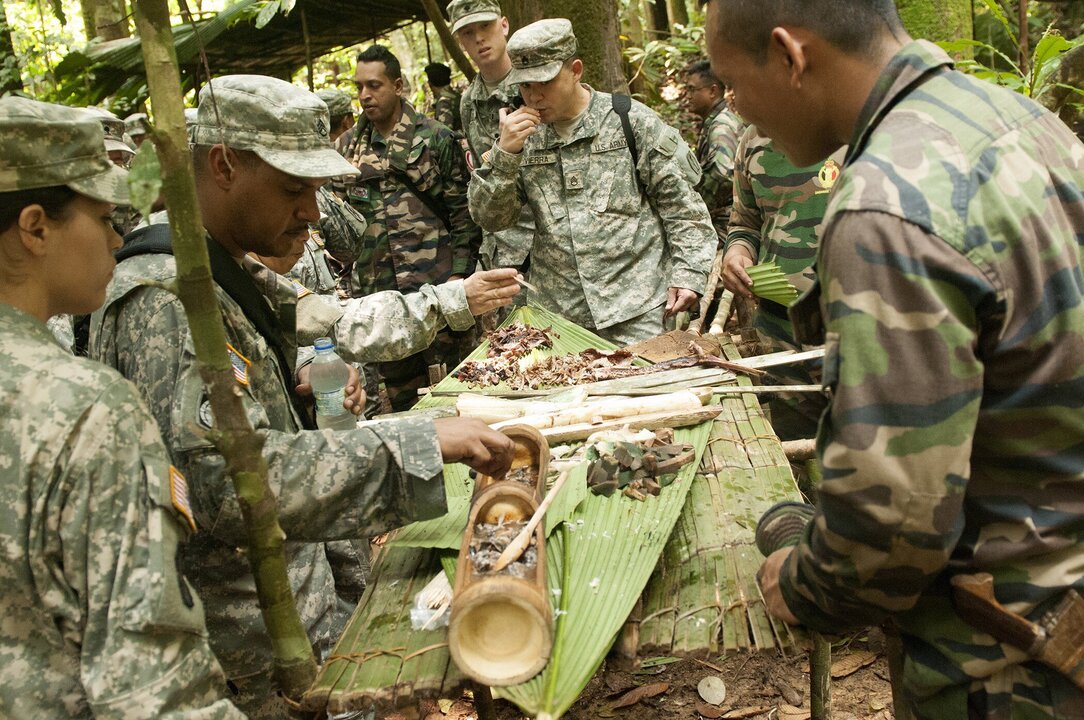
The exercises include navigation, foraging, and medical response techniques specific to dense jungle terrain.
Military officials say the collaboration enhances regional security cooperation and operational preparedness.
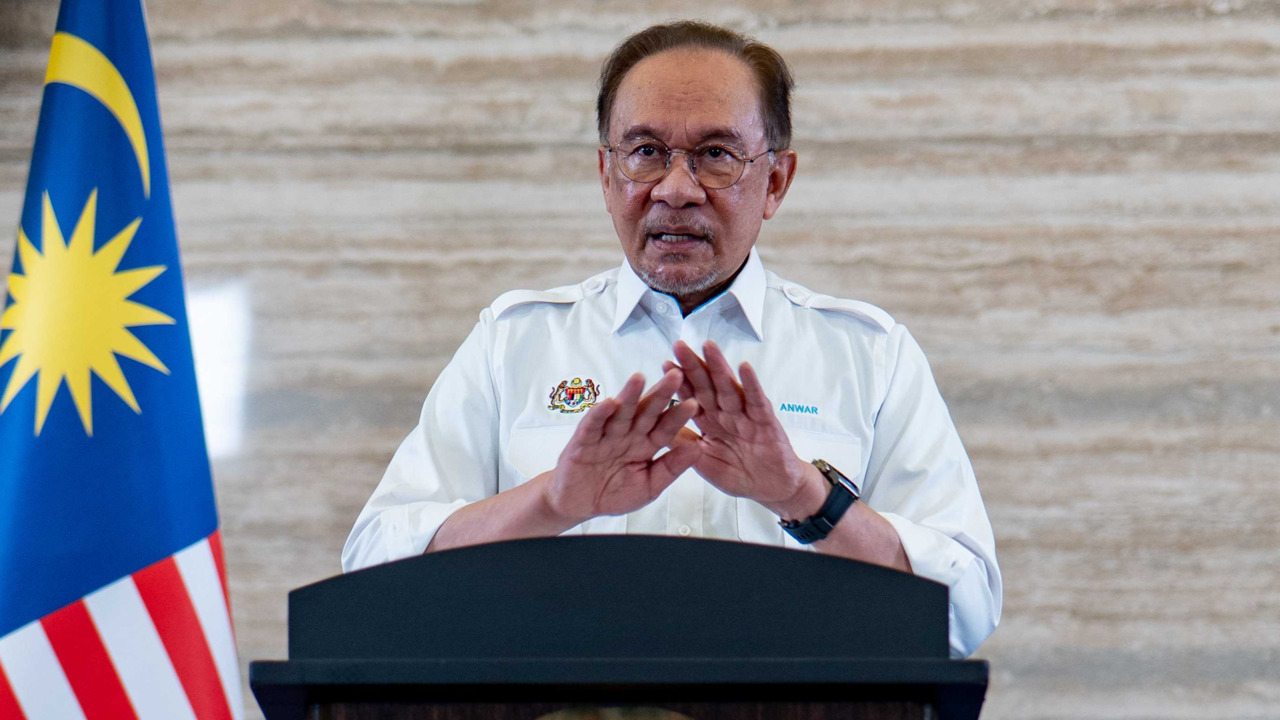
The measures come amid growing public concern over inflation and affordability.
Government officials say the initiatives are designed to offer immediate relief while ensuring long-term economic resilience.
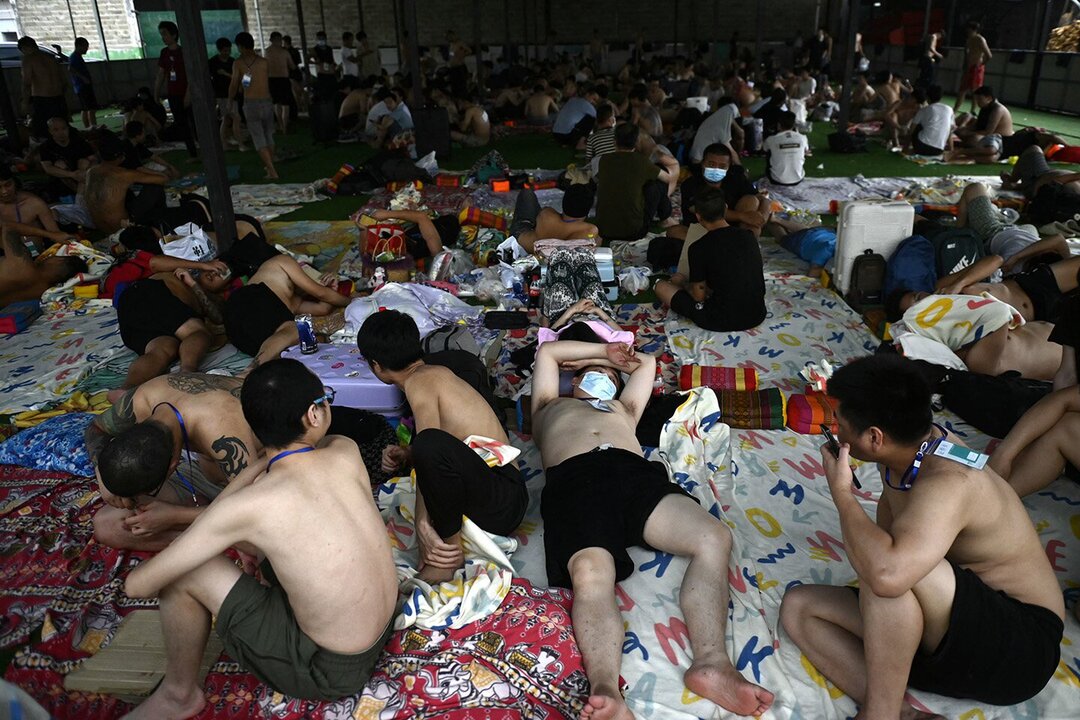
The group reported that it is currently housing two hundred sixteen people, including citizens of Vietnam, China, the Philippines, and Indonesia, and is providing food, medical care, and prenatal support.
The Karen National Army, previously known as the Karen Border Guard Force, has stated it has repatriated over eight thousand foreign nationals in recent months following operations in and around Myawaddy.
Thai authorities have cut electricity, internet, and fuel supplies to five Myanmar border areas, including Myawaddy, since February to disrupt scam syndicates.
Residents on the Myanmar side report several months without electricity supplied from Thailand, relying on generators due to unstable power from the Myanmar government.
Thailand's prime minister has said her administration is also planning to curtail electricity supplies to illegal operations in Cambodia.
Despite international crackdowns, law enforcement agencies estimate that up to one hundred thousand people may still be trapped in scam compounds along the Thai–Myanmar frontier.
A high-profile case involving the abduction of Chinese actor Wang Xing, who was kidnapped after arriving in Thailand in January and later rescued by Thai police across the border in Myanmar, has heightened global attention on the issue.
Cambodia has reported more than two thousand arrests since late June and thousands of deportations in the first half of the year linked to online scam centres.
These operations reportedly involved nationals from several Asian countries and took place across dozens of sites.
Rights organisations have previously documented forced labour, physical abuse, and restrictions on movement within the compounds.
Regional analysts and economic agencies note that criminal networks operating cyber-fraud schemes continue to exploit regulatory gaps, conflict zones, and special economic areas across Southeast Asia.
Several governments in the region are increasing coordination and verification measures in response to the growing threat of transnational organised crime.